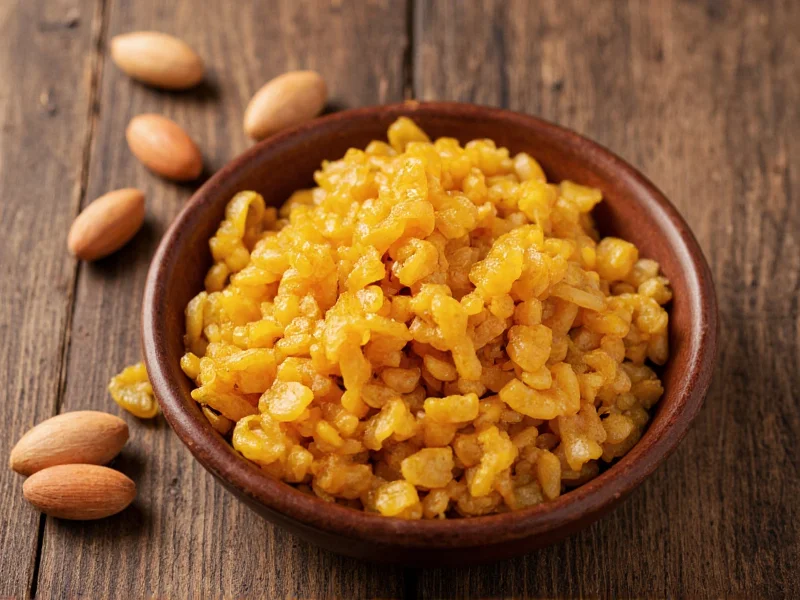The best creole seasoning substitute combines 2 tablespoons paprika, 1 tablespoon garlic powder, 1 tablespoon onion powder, 1½ teaspoons dried oregano, 1½ teaspoons dried thyme, 1 teaspoon cayenne pepper, and 1 teaspoon black pepper. This homemade blend replicates the complex flavor profile of traditional creole seasoning when you're out of the authentic blend. For immediate use in recipes, a 1:1 ratio works for most dishes, though you may need to adjust salt levels since commercial creole seasonings often contain added salt.
When you're in the middle of cooking a jambalaya or blackened fish recipe and realize you're out of creole seasoning, knowing reliable substitutes can save your meal. Unlike cajun seasoning which tends to be spicier and more pepper-forward, authentic creole seasoning features a balanced blend of herbs and spices with moderate heat. Understanding the core components helps you create effective substitutions that maintain the dish's intended flavor profile.
Understanding Creole Seasoning Composition
Authentic creole seasoning originated in New Orleans and typically contains paprika, garlic, onion, cayenne, oregano, thyme, black pepper, and white pepper. The distinctive flavor comes from the specific ratio of these ingredients rather than any single component. Most commercial blends also include salt, which affects both flavor and preservation.
When searching for natural creole seasoning alternative without salt, focus on the herb and spice components while adjusting your recipe's overall salt content. This approach works particularly well for those monitoring sodium intake or following specific dietary requirements.
Top Creole Seasoning Substitutes
Having multiple substitution options ensures you can adapt based on your available pantry ingredients. Here are the most effective alternatives:
| Substitute Option | Best For | Ratio to Recipe |
|---|---|---|
| Homemade Blend (as highlighted above) | All-purpose cooking | 1:1 |
| Cajun seasoning + extra herbs | Meat dishes needing more heat | 1:1 + ½ tsp oregano/thyme |
| Old Bay seasoning | Seafood recipes | 1:1 (reduce added salt) |
| Adobo seasoning | Latin-inspired dishes | 1:1 + pinch cayenne |
Creating Your Own Creole Substitute Blend
For the most authentic homemade creole seasoning replacement, follow this simple mixing guide. The key to success lies in proper measurement and thorough blending:
- Combine all dry ingredients in a small bowl
- Whisk thoroughly for at least 30 seconds to ensure even distribution
- Store in an airtight container away from light and heat
- Label with date (homemade blends stay fresh for 3-4 months)
When making creole seasoning substitute without paprika, replace the paprika with an equal amount of smoked paprika for depth or tomato powder for color. This adaptation works particularly well in gumbo or étouffée where color matters as much as flavor.
Adjusting Substitutes for Specific Dishes
Not all creole seasoning substitutes work equally well across different recipes. Understanding which substitution works best for your specific dish prevents flavor imbalances:
- For seafood dishes: Use Old Bay seasoning as your base substitute, reducing added salt by 25% since seafood absorbs seasoning differently
- For meat rubs: Increase the cayenne by ¼ teaspoon in your substitute blend to compensate for meat's ability to mellow spices
- For vegetarian cooking: Add ½ teaspoon mushroom powder to your substitute for umami depth that mimics traditional meat-based creole dishes
- For soups and stews: Bloom your substitute in oil before adding liquids to maximize flavor extraction
Avoiding Common Substitution Mistakes
Many home cooks make critical errors when substituting creole seasoning that compromise their dishes. Watch for these pitfalls:
- Over-salting: Most commercial creole blends contain salt, but homemade substitutes often don't. Add salt separately after incorporating your substitute
- Ignoring freshness: Spice substitutes lose potency quickly. Use freshly ground black pepper and recently purchased dried herbs for best results
- Misjudging heat levels: Cayenne varies in intensity. Start with half the recommended amount, then adjust after 10 minutes of cooking
- Not blooming spices: Always cook dry spice substitutes in oil or fat for 1-2 minutes before adding other ingredients to unlock full flavor
Regional Variations and Their Substitutes
Creole seasoning varies significantly between New Orleans, Louisiana country, and modern commercial versions. When seeking authentic creole seasoning alternative for traditional recipes, consider these regional differences:
- New Orleans style: Higher herb content (thyme, oregano) with moderate heat - substitute with equal parts herbs and paprika-based blend
- Country style: More cayenne and black pepper - increase heat elements by 20-30% in your substitute
- Commercial blends: Often salt-heavy with consistent heat - reduce added salt by 25% when substituting
Understanding these variations helps you select the most appropriate creole seasoning replacement for gumbo or other specific dishes where regional authenticity matters.
Storage and Shelf Life of Homemade Substitutes
Proper storage maintains your substitute's potency. Keep these guidelines in mind:
- Store in dark glass or opaque containers (light degrades spices)
- Keep away from stove and other heat sources
- Use within 3-4 months for peak flavor (spices lose potency over time)
- Never store above the stove or near dishwasher (heat and moisture damage spices)
For extended shelf life when creating a bulk creole seasoning substitute, divide your blend into smaller portions and freeze what you won't use within a month. Thaw at room temperature before use - never microwave frozen spices.











 浙公网安备
33010002000092号
浙公网安备
33010002000092号 浙B2-20120091-4
浙B2-20120091-4